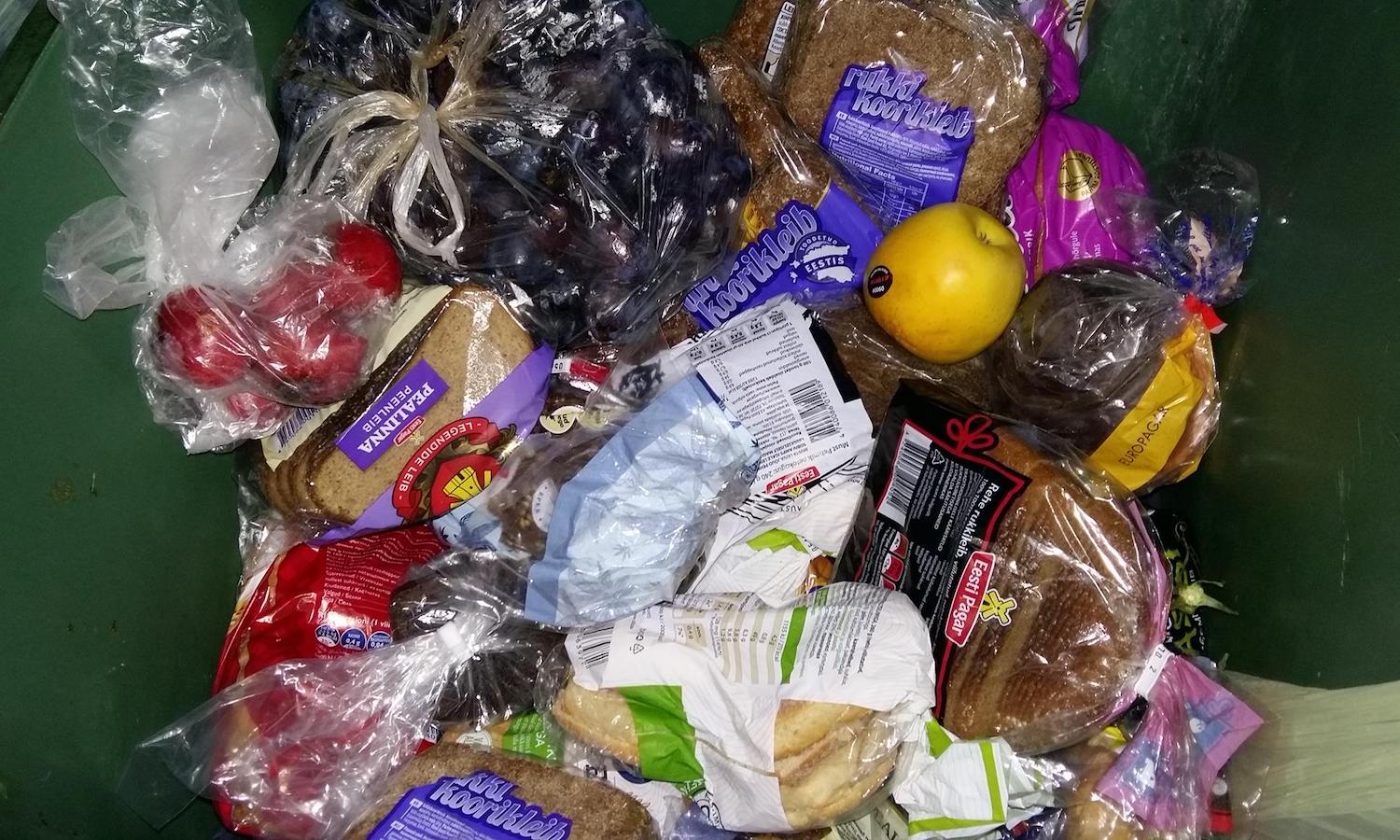Momentum around food waste solutions may be reaching a tipping point, providing hope that a significant reduction to food loss and waste is possible.
According to Pete Pearson, Senior Director of Food Loss and Waste for WWF, food systems stakeholders are beginning to identify value in food that currently goes to waste.
“There’s this Nirvana point, there’s this point when we start to realize that waste actually has value, and it can have profitability attached to it,” Pearson tells Food Tank. He continues, “I think we’re to a point where we recognize that these are not waste streams. They’re value streams, and we can harvest and get either nutrients or energy from them and make that profitable…As soon as we start crossing that line, I think the dominoes start to fall.”
A recent report from WWF finds that 2.5 billion tonnes of food—equivalent to 40 percent of all food grown—goes uneaten each year. This contributes to roughly 10 percent of global greenhouse gas emissions.
But addressing food loss and waste at this scale food loss requires accurate data, and farmers and food businesses aren’t always forthcoming with numbers. Pearson explains he understands this, and knows that many stakeholders are quick to find fault with those generating waste. That’s why he says it’s important to move beyond this “blame game.”
“We’ve got to have waste be something that people are comfortable sharing in terms of data and then looking for solutions,” Pearson tells Food Tank. “There’s so much potential…to have a truly circular economy. Let’s start focusing on the transparency so that we can get to solutions.”
Education has an important role to play as well, Pearson argues. He believes that lessons around waste belong in school curricula. “If we don’t start changing the way our kids are thinking about the issue of waste, then we’re just kicking the can down the road.”
Listen to the full conversation with Pete Pearson on “Food Talk with Dani Nierenberg” to hear more about finding value in waste streams, why wasted meat and seafood have such large environmental footprints, and the innovations that are helping businesses cut food waste.
Articles like the one you just read are made possible through the generosity of Food Tank members. Can we please count on you to be part of our growing movement? Become a member today by clicking here.
Photo courtesy of Kaari Uibomägi, Unsplash















